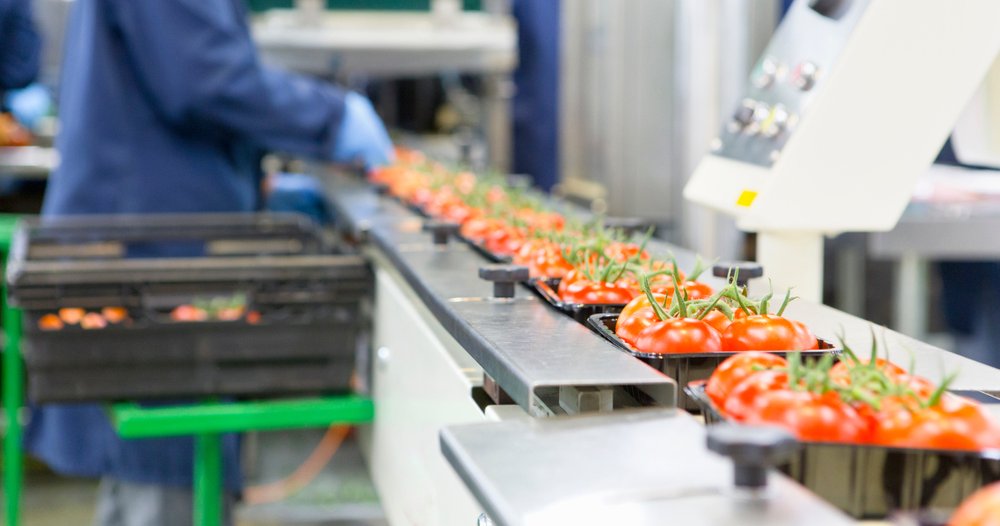Farmers all over the world are on the alert for the impact of a trade war sparked by Trump’s tariffs, says Bank of Ireland’s head of Agriculture Sector, Eoin Lowry.
“With 90% of Irish dairy, beef, and sheep output exported, protecting fair trade agreements remains crucial for the sector’s future”
A trade war could significantly impact the financial health of US agriculture and be felt by farmers across the world, according to a new analysis from Lowry, head of Agri sector at Bank of Ireland.
“There are some 1.9m farmers in the US who are heavily incentivised through the Farm Bill to grow commodity crops such as wheat, maize and soya destined for export rather than produced for domestic consumption,” notes Eoin Lowry, Head of Agriculture Sector at Bank of Ireland.
According to the USDA, approximately 20% of US agricultural production is exported, with exports reaching $176bn (€154bn) last year.
This figure is almost 10 times the size of Irish agrifood exports (€17bn) but remains smaller than EU agrifood exports of €234bn.
Agricultural markets are defined by global trade
Over the last few decades, global trade in agricultural markets has increased significantly, resulting in high dependence on robust, frictionless international supply chains. More than one-third of the volume of global agricultural trade is concentrated among several large economies.
“The top five global importers of agricultural goods are China, the US, the EU, the UK and Japan. While the top five global exporters are the EU, the US, Brazil, China, and Canada,” Lowry explains. “The US is a key participant exporting more than 40% of its total production of key agricultural commodities such as fruits, almonds, oilseeds, rice and wheat.”
US agricultural exports have grown increasingly reliant on China, which was the third most important export market last year after Mexico and Canada, accounting for almost 20% of all agricultural exports. Soybeans make up half of total agricultural exports to China – six times more than the volume exported to the EU.
On the import side, Mexico and the EU account for 40% of US agrifood imports, primarily fruit, vegetables, and alcohol. When Canada is added, this figure rises to 60%. US farmers rely heavily on inputs from Canada, with 90% of US potash – a key crop nutrient – supplied from Canada. Similarly, US pork producers depend on importing baby pigs from Canada.
Agriculture and food prices matter to US consumers
Agriculture, food, and related industries contribute 5.5% to US GDP and provide over 10% of US employment. That’s over 22m full and part-time jobs, with meat and poultry plants employing about a third of US food and beverage manufacturing employees.
Perhaps more critical is the importance of affordable food to US consumers. While Americans spent 13% of their household income on food last year, an increasing number of households struggle to put enough food on their tables.
The US Food Stamps Program cost the federal government $160bn last year and has become a crucial budget item for the 42m people (12% of the US population) who rely on it.
Key takeaway and impacts for Irish farmers
While the full impact of proposed tariffs remains unclear, some commodities will be affected more than others. The dependence on China and potential retaliatory tariffs pose a significant threat to soybeans, the leading US farm export.
“During the first Trump administration, the USDA allocated $28bn to support farmers,” Lowry points out. “With these funds now largely depleted, if US farmers need another support program as a result of a tariff trade war, Congress will need to pass additional spending authority to replenish this fund.”
The uncertainty creates a complex picture for farmers globally. In the short term, farmers in key exporting countries such as the US and Ireland may experience increased price volatility and decreased market access. Price volatility, particularly for cereals and oilseeds, has already increased since the tariff announcements due to uncertainties around global demand, especially from China.
From an Irish perspective, increased volatility severely impacts farmers’ ability to plan, invest, and grow. This has broader implications for Ireland’s agrifood economy, which accounts for 8% of GDP, 11% of total exports, and employs more than 170,000 people.
“With 90% of Irish dairy, beef, and sheep output exported, protecting fair trade agreements remains crucial for the sector’s future”, Lowry urges.
Main image: Photo by Eva Wilcock on Unsplash
To read the full report and access Bank of Ireland’s resources for businesses managing through challenging times, click here
-
Bank of Ireland is welcoming new customers every day – funding investments, working capital and expansions across multiple sectors. To learn more, click here
-
For support in challenging times, click here
-
Listen to the ThinkBusiness Podcast for business insights and inspiration. All episodes are here. You can also listen to the Podcast on:
-
Spotify
-
SoundCloud
-
Apple





